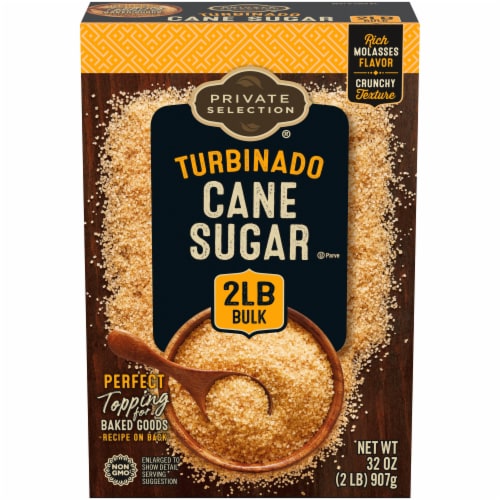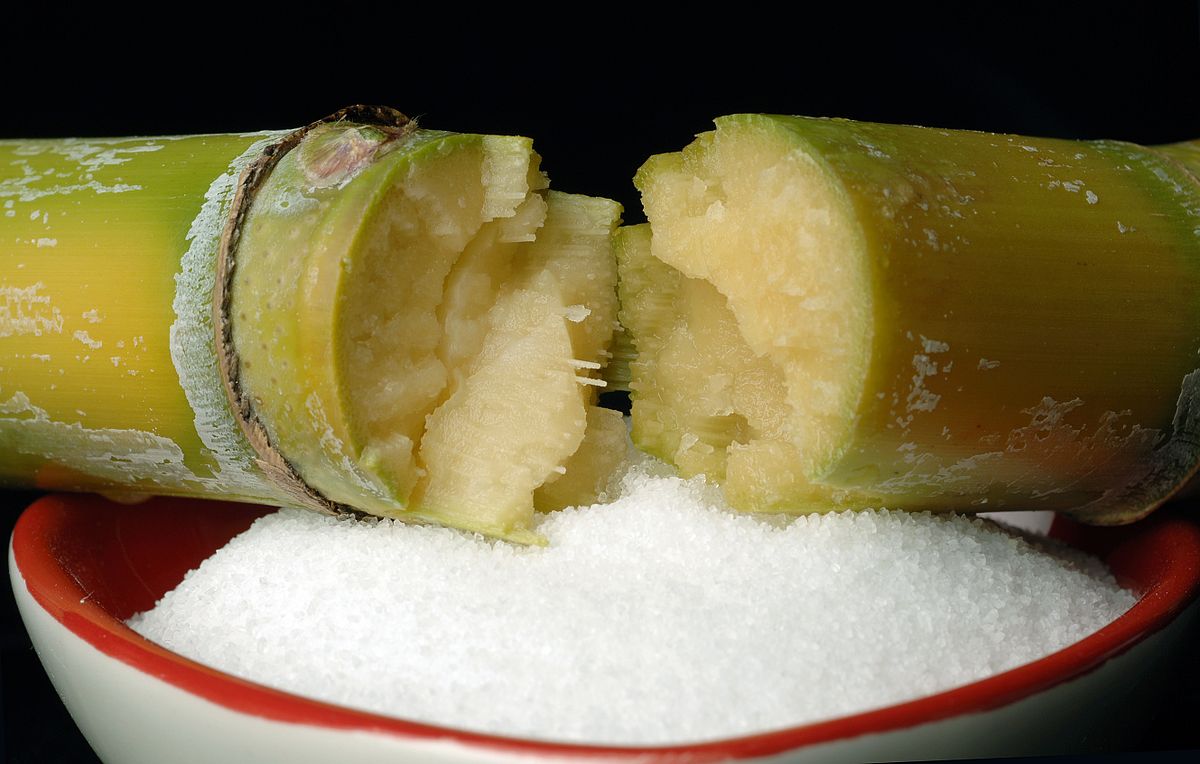Advanced Cane Sugar Processing: Enhancing Performance and Sustainability
Advanced Cane Sugar Processing: Enhancing Performance and Sustainability
Blog Article
A Thorough Overview to the Ecological Influence and Sustainability Practices in Cane Sugar Processing
The environmental effect of cane sugar processing provides a complex array of challenges that warrant careful exam. From dirt degradation and extreme water usage to the carbon impact connected with growing and manufacturing, the effects of typical techniques are far-ranging. On the other hand, the fostering of cutting-edge sustainability procedures uses a path towards much more accountable production methods. Understanding the interaction in between these problems is critical for stakeholders in the sector. What certain methods can be carried out to strike a balance between productivity and ecological stewardship? The responses depend on a better take a look at both the challenges and potential solutions.
Introduction of Walking Stick Sugar Processing
Cane sugar processing involves a series of methodical steps that change sugarcane right into polished sugar. Originally, harvested sugarcane is carried to processing facilities, where it undergoes cleaning up to eliminate soil and debris. Following this, the walking stick is crushed to extract juice, which is then made clear by getting rid of pollutants with home heating and the addition of lime.
The made clear juice undertakes evaporation, where water is removed to focus the sugar web content. These crystals are divided from the continuing to be syrup using centrifugation, resulting in raw sugar.
The final product is after that dried out and packaged for circulation. Throughout this whole procedure, maintaining efficiency and high quality control is necessary to ensure the sugar meets industry requirements. Each action in walking cane sugar handling not just adds to the last item yet also has implications for resource use and waste generation, establishing the phase for conversations on sustainability and ecological influences linked with sugar manufacturing.
Ecological Obstacles of Manufacturing
The manufacturing of walking stick sugar provides a number of significant environmental difficulties that warrant attention. One key problem is the extensive use agrochemicals, consisting of pesticides and plant foods, which can bring about dirt deterioration, biodiversity loss, and contamination of regional water sources. The drainage from sugarcane areas commonly brings these chemicals into nearby communities, disrupting marine life and influencing the health and wellness of communities reliant on these water bodies.
Another obstacle is the high energy consumption connected with sugarcane handling. The boiling and refining stages require significant warm, primarily created by shedding fossil fuels, adding to greenhouse gas discharges. Furthermore, the large land location required for sugarcane farming can cause deforestation and environment destruction, more worsening climate adjustment and threatening wildlife.
In addition, the labor methods in some areas increase ethical worries, as workers might deal with inadequate working problems and inadequate wages. This scenario commonly continues a cycle of poverty in neighborhood areas. Cane Sugar Processing. Resolving these ecological challenges is crucial for developing extra sustainable techniques in walking stick sugar manufacturing, eventually profiting both the atmosphere and the areas included in this sector
Water and Land Usage Impact
Water sources and land use are crucial components in the walking cane sugar market that dramatically influence the environment. The cultivation of sugarcane calls for considerable water input, with estimates recommending that it can eat as much as 2,000 liters of water per kg of sugar generated. This intensive use water commonly results in depletion of local water resources, impacting not just the sugarcane haciendas yet also surrounding environments and areas that depend on the exact same water resources for farming and domestic use.

Furthermore, land usage for sugarcane cultivation can cause deforestation and the conversion of all-natural habitats into monoculture plantations. This method lessens biodiversity, interrupts neighborhood environments, and contributes to soil destruction. The growth of sugarcane areas typically encroaches on important farming land, producing competitors for resources between food and biofuel manufacturing.
Sustainable practices, such as enhancing watering techniques and executing plant turning, are vital to see this website alleviate these influences. By taking on much more effective water use and land monitoring strategies, the cane sugar market can minimize its eco-friendly impact, ensuring a balance between agricultural efficiency and ecological conservation.
Greenhouse Gas Emissions
Greenhouse gas exhausts stand for a substantial ecological concern within the cane sugar processing market, especially as agricultural methods broaden to satisfy worldwide demand. The growing of sugarcane, a crop that grows in tropical climates, depends heavily on synthetic fertilizers and pesticides, which add to laughing gas exhausts. In addition, land-use adjustments, consisting of logging for new sugarcane ranches, release carbon dioxide stored in plant life and dirt.
During processing, energy consumption is an additional significant source of greenhouse gas emissions - Cane Sugar Processing. Several sugar blog here mills make use of nonrenewable fuel sources to power equipment and produce warm, leading to considerable carbon footprints. In addition, the transport of raw sugarcane and completed products adds layers of exhausts via gas combustion in vehicles
This involves reviewing current farming practices, refining methods, and transport systems to determine locations for enhancement and reduction. Addressing greenhouse gas discharges is crucial for fostering a much more sustainable cane sugar sector in a changing climate.

Sustainable Practices and Innovations
Lasting methods and innovations are significantly crucial in the walking stick sugar handling market as stakeholders look for to minimize environmental effects while maintaining efficiency. One significant innovation is the application of incorporated crop monitoring, which optimizes source use by integrating soil administration, pest control, and plant turning methods. This strategy improves return while reducing chemical inputs and maintaining soil health and wellness.
Moreover, the fostering of eco-friendly energy resources, such as biomass from sugarcane deposits, has gotten grip - Cane Sugar Processing. By converting waste products right into power, processing facilities can minimize their dependence on fossil fuels, consequently lowering greenhouse gas discharges
Water monitoring practices have additionally seen improvements with the recycling and reusing of water in handling plants, significantly decreasing freshwater usage. Technologies in technology, such as precision agriculture, make it possible for farmers to keep an eye on crop health and wellness and source usage better, making certain lasting cultivation practices.
Furthermore, qualification programs like Fair Trade and Jungle Partnership urge environmentally liable farming practices and promote social equity within the supply chain. By welcoming these lasting techniques and technologies, the walking cane sugar handling sector can boost its strength and add favorably recommended you read to ecological stewardship.
Final Thought
The environmental effect of walking stick sugar processing presents significant obstacles, consisting of dirt deterioration, high water usage, and greenhouse gas emissions, alongside moral problems connected to labor methods. Attending to these problems through sustainable techniques, such as incorporated crop administration, renewable resource fostering, and water recycling, is necessary. By promoting environmentally liable and socially fair techniques in sugar production, the sector can alleviate its unfavorable effects, making certain a much more sustainable future for both ecosystems and areas entailed in this industry.
Cane sugar handling involves a collection of methodical actions that transform sugarcane right into refined sugar. Each action in walking stick sugar processing not just contributes to the last product however also has effects for resource usage and waste generation, setting the stage for conversations on sustainability and environmental influences connected with sugar production.
Greenhouse gas exhausts represent a considerable environmental worry within the cane sugar handling industry, especially as farming methods increase to meet international demand.Lasting techniques and developments are significantly important in the walking cane sugar processing market as stakeholders look for to reduce environmental influences while maintaining performance.The environmental effect of walking cane sugar processing provides substantial obstacles, including soil destruction, high water consumption, and greenhouse gas discharges, along with ethical issues associated to labor techniques.
Report this page